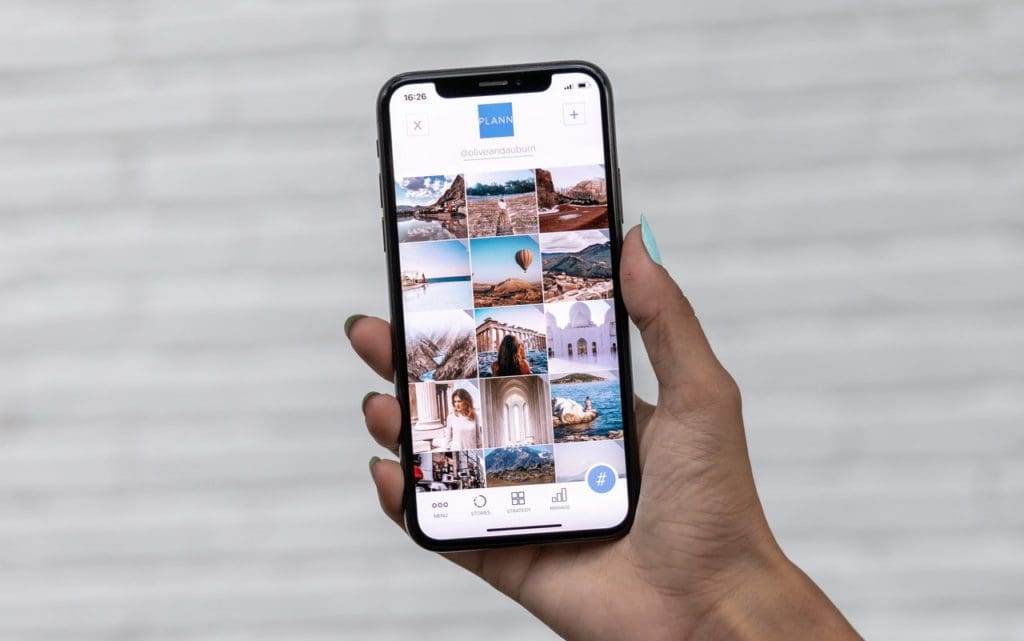Estimated reading time: 6 mins
We’d all like to believe we have incredible websites that communicate effectively with customers. But that’s not always the case. Hidden and overlooked issues can derail the user experience, making it less likely that people will convert.
Crappy websites have always been a problem for firms because they reduce conversions. But they’re soon going to become a double liability as search giants like Google roll out so-called “page experience” algorithms to discern the quality of websites. Companies with poorly-performing pages will get demoted, reducing organic traffic.
The good news is that correcting most website issues is actually relatively easy. You don’t need to be a genius. There are many simple fixes you can try right now.
Include Social Share Buttons

Creating great content for your website is great, but unless you give users the ability to share it, it won’t go as far as you’d like. Social share buttons are just little icons that users can click to link the pages to their social media accounts automatically. You can place them anywhere you like, though the best place is next to content you’d like people to spread around the internet.
These buttons aren’t salesy or pushy at all. Users don’t feel pressured into clicking them, which, ironically, makes them more likely to do so. Include them wherever you can.
Remove Stock Images And Replace Them With Real Pictures Of Your Business
Stock images are okay as placeholders while you build your website, but they shouldn’t become a long-term feature. Users can instantly tell when you’ve used a stock image. It gives them the impression that you’re not a serious business at all.
The best approach is to hire a professional commercial photographer who can take beautiful pictures of your business and products. These guys know how to bring out the best in every image they capture, helping to make your enterprise look professional and distinctive.
If you have a particular brand you’d like to fulfill, many photographers can help here too. Just provide them with a brief that describes what you’d like to achieve, and then let them get on with it.
Keep Testing Your Site
Sites never stand still. They’re always developing and evolving, trying to meet user needs. Because of this, they require continual testing. What might seem like a small change in layout could have disastrous consequences for your conversion rate.
Keep checking the following:
- Where users are putting their cursors on the screen when they interact with your site
- Where they’re tapping with their fingers on mobile devices
- How much they scroll down your pages
- The conversion rate of your old landing pages compared to your newer ones
- Whether the information is in date or not
Most of the time, testing your site doesn’t require a massive overhaul. A few simple changes here and there are often all you need. Tweaking copy, titles, colors, and images can all help to create a site that converts.
Use Plenty Of White Space
Making your site as user-friendly as possible should be top of the list of your priorities. For that reason, many businesses focus heavily on making effective use of white space. You need to break up the page into manageable chunks that readers can process—presenting a wall of text will simply cause people to click back to search.
If you’re not sure how to use white space effectively, use a marketing consultant. Get them to design the layout and then sign off at the end. There is no reason for you to do the work yourself.
Optimise Your Website For Mobile Devices


In 2015, the internet underwent a profound shift. For the first time in history, there were more mobile device searches than for desktop.
Companies, therefore, need to develop websites for mobile first, before moving onto the desktop. Google will punish sites that are not mobile-optimized according to its criteria.
Users will also abandon you in droves. Data suggest that 61 percent of users won’t return to a mobile site if they have trouble accessing it in the first place. Forty percent will immediately go to a competitor’s website.
Develop A Concurrent SEO Strategy
Most people in business understand the critical importance of SEO for their overall digital marketing efforts. But relatively few really get the fact that it must go hand in hand with website development. You can’t have one without the other, no matter how your marketing department tries to slice it up.
SEO depends on several factors. Importantly, you need to have good knowledge of your buyer personas – the type of people who use your products and services. Think carefully about the kind of search terms that they might use. They may be different from typical product searches for your industry. Then tailor the content on your pages to reflect this.
Work On Your Navigation
Website navigation is a vital part of any website design. Get it right and users can immediately navigate to the content they want, even if they’re not familiar with your site. Get it wrong, and they’ll stop using your site and go crawling to your rivals instead.
Most businesses understand the basics of useful navigation. There’s no need to reinvent the wheel here. For desktop, you want a clean navigation bar at the top, which persists as users jump from page to page. For mobile devices, you’ll want to use a menu icon (three horizontal lines), since the vast majority of users understand this intuitively.
Just remember, if users can’t use your navigation system, they don’t have a good reason to stay on your site. Confusion pushes away more willing customers than anything else.
Match Your Images To Your Brand
The vast majority of your website users won’t meticulously read all your copy. Instead, they’ll look for quick cues that they can use to get the information they need fast. Images, therefore, are king.
However, many small businesses don’t think carefully enough about the type of visual content they use. While the writing is good, they come to the view that “any old picture will do.”
Remember, though, users use visual images to figure out what you’re selling. They’ll take pictures on face value and won’t question them. So when there’s a mismatch between the displayed product and what they get, it can create problems unnecessarily.
Spend a lot of time thinking carefully about whether your images reflect the message that you’d like to get across to people on your site. Step into the shoes of your customers, as if you were viewing your company for the first time, and ask whether they provide all the necessary information. If they don’t, replace them with something better.
Remove Broken Links
404 errors and broken links are a big turn-off for customers. It makes your site appear incomplete and unprofessional, even if you offer a quality service or product.
The good news is that dealing with these problems is incredibly easy. The simplest way is to get a marketing agency to monitor the situation for you. There’s no inherent reason why you have to take care of the situation yourself.
If you can’t do that for whatever reason, you can also make use of online tools to sort out the problem. These scour your website looking for broken pages and then alert you allowing you to fix them. They’re particularly helpful for e-commerce websites with high product churn.
So does your website suck? If so, sorting it out is actually easier than you think. There’s no need to do everything in-house, either.
